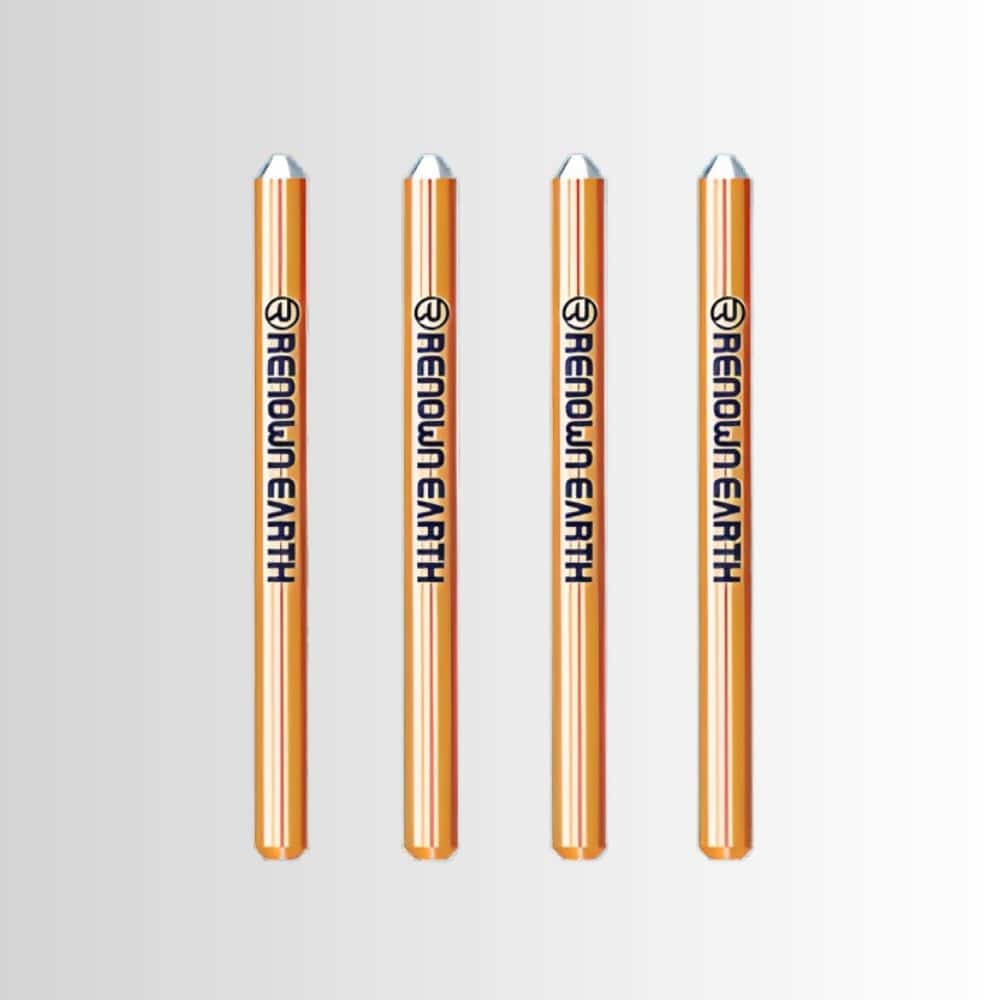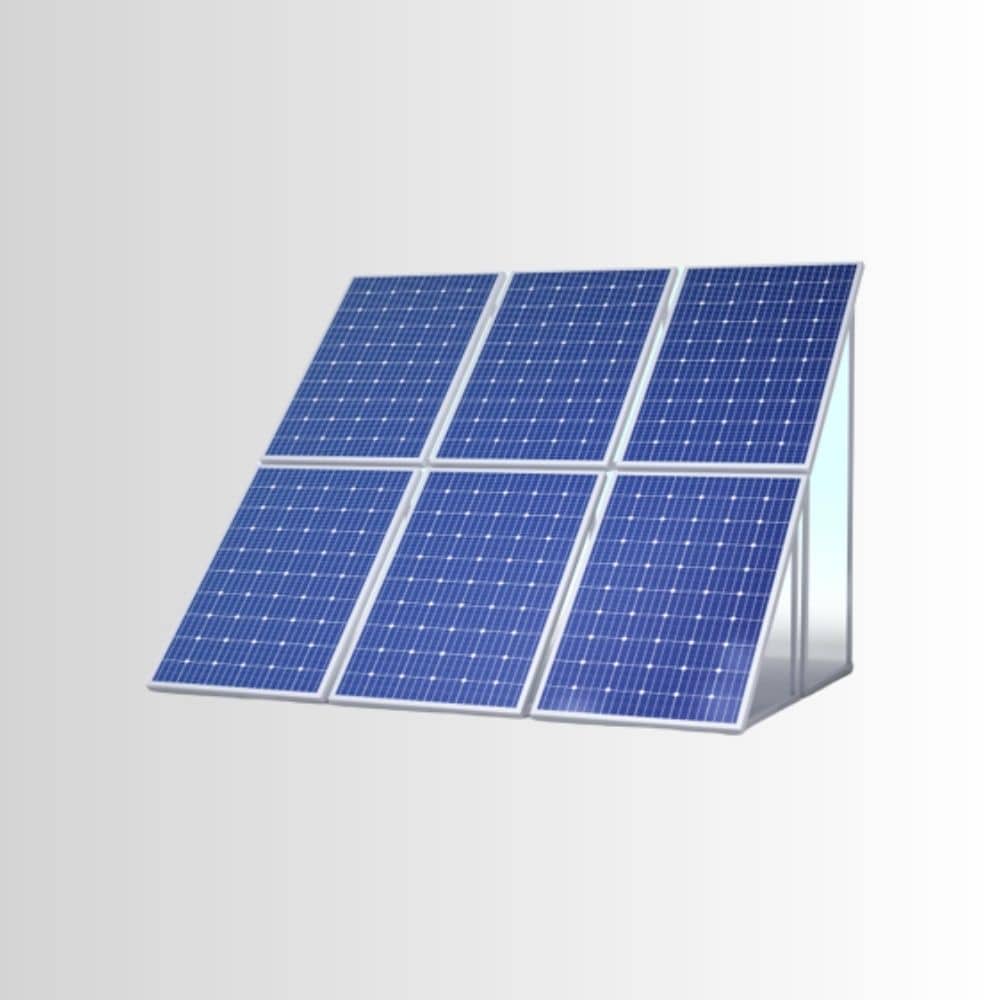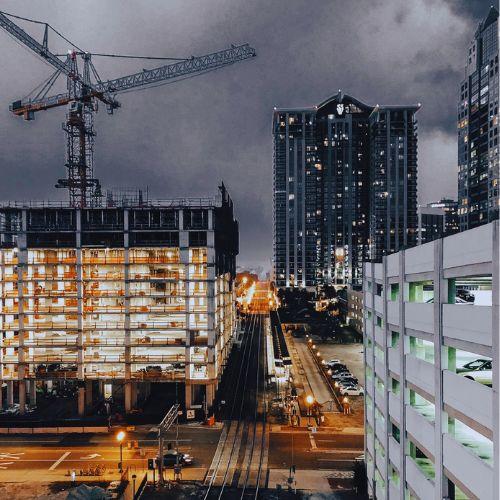
Why Earthing is necessary?
Earthing is the process of the excessive amount of fault current flow of the electrical energy directly into the ground with the help of the low resistance wire. The electrical earthing is done by connecting the non-current carrying part of the equipment or neutral of the supply system to the ground. It helps in the diversion of the excessive amount of fault current directly into the ground and ensures safety. Let us discuss the necessity of earthing.
The necessity of earthing: The reasons
The prime reasons why earthing is necessary are as follows:
- Secures the safety of human beings from the excessive amount of electric shock.
- It guarantees the safety of electrical appliances and devices from the excessive amount of electric current.
- Assures safety from the fire that may be occurred from the current leakage.
- It provides the way to default current even after the failure of the insulation.
- It protects the appliances from high voltage surges and lightning discharge.
- It provides an alternative path for leakage of current.
- Earthing keeps the voltage constant in the healthy phase.
- It protects the Electric system and buildings from lightning.
- Earthing avoids the risk of fire in the electrical installation system.
- Dg Set
- Transformer
- Lightening system
- Solar system
- Datacenter
- Railways
- Highways
- Refinery
- Power plant
- Cement plant
- Steel plant
- For every electrical installation
Types of Earthing:
These are some main types of the earthing system given below:
1- Plate Earthing: Plate earthing requires a plate electrode made of copper or galvanized iron buried in pits vertically more than 10 feet inside the ground. The pit gets filled with salt and charcoal. The dimensions of the ideal copper plate earthing are 60cm x 60cm x 3.18mm. The dimension for ideal galvanized iron is 60cm x 60cm x 6.35 mm.
2- Pipe Earthing: A pipe earthing system is a pipe made of galvanized steel or iron is buried vertically into the ground. The pipe earthing size depends on the magnitude of current and type of soil which includes moisture soil, sandy soil and rocky soil. Pipe earthing helps in the dissipation of faulty currents in the electrical system.
3- Rod Earthing: These rods are specially designed rods made of metal and alloys to conduct fault current. Similar to the Pipe earthing. A copper rod replaces the pipe electrode for burying a rod made of copper or galvanized iron.
4- Wire Earthing: In wire earthing, strip electrodes are buried inside these several dug trenches. These strip electrodes are a combination of copper or galvanized iron. The ground wire provides a path back to the source of the electrical current in the fault current.
5- Waterman method: The process of earthing in which waterman or galvanized Gi pipes are used is known as the Waterman method. The rod is buried inside the ground to reduce resistance in this process.
1-Neutral Earthing:
2-Equipment Earthing:
Conclusion: Why earthing is necessary?
Our services: Renown Power System manufactures with the best electrical safety system. Chemical earthing is one of our best products with the highest selling rate and this is the product. We have manufactured with the latest technology. For further information or any order of our product.














